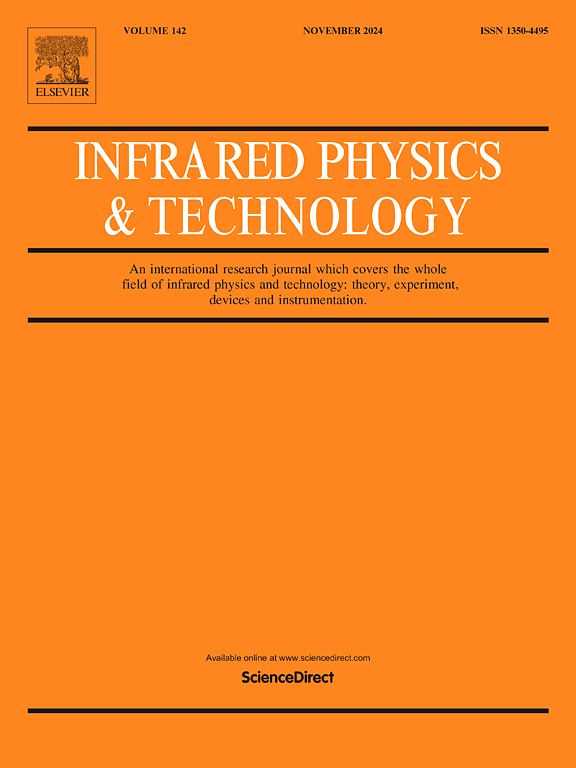Infrared thermography to assess the drying process of building materials
IF 3.1
3区 物理与天体物理
Q2 INSTRUMENTS & INSTRUMENTATION
引用次数: 0
Abstract
Moisture is a pathology that affects not only the aesthetic appearance of buildings but also compromises indoor environmental conditions and the structural strength of building components and materials. Therefore, proper diagnosis and prevention of moisture damage are of paramount importance to guarantee the durability of the building and the comfort of the users. Infrared thermography is a technique that enables the identification of the surface temperature of building elements and has good potential for moisture analysis since changes in moisture content relate to changes in surface temperature. However, the correlation between the variables that influence the hygrothermal behaviour is still a critical drawback that must be addressed. This paper presents the results of laboratory tests conducted to assess the correlation between the thermal gradient between the wet and dry zones of building materials and the respective moisture content. The results showed that quadratic models performed well in predicting the moisture content for building materials with high porosity. Additionally, using IRT to assess the drying behaviour of building materials presented a reliable approach of identifying the moisture content.
用红外热成像技术评价建筑材料的干燥过程
潮湿是一种病态,它不仅影响建筑物的美学外观,而且影响室内环境条件和建筑构件和材料的结构强度。因此,正确诊断和预防湿气损害对于保证建筑的耐久性和使用者的舒适性至关重要。红外热像仪是一种能够识别建筑构件表面温度的技术,由于水分含量的变化与表面温度的变化有关,因此在水分分析方面具有良好的潜力。然而,影响热湿行为的变量之间的相关性仍然是必须解决的一个关键缺陷。本文介绍了实验室测试的结果,以评估建筑材料湿区和干区之间的热梯度与各自的含水率之间的相关性。结果表明,二次元模型能较好地预测高孔隙率建筑材料的含水率。此外,使用IRT来评估建筑材料的干燥行为提出了一种确定水分含量的可靠方法。
本文章由计算机程序翻译,如有差异,请以英文原文为准。
求助全文
约1分钟内获得全文
求助全文
来源期刊
CiteScore
5.70
自引率
12.10%
发文量
400
审稿时长
67 days
期刊介绍:
The Journal covers the entire field of infrared physics and technology: theory, experiment, application, devices and instrumentation. Infrared'' is defined as covering the near, mid and far infrared (terahertz) regions from 0.75um (750nm) to 1mm (300GHz.) Submissions in the 300GHz to 100GHz region may be accepted at the editors discretion if their content is relevant to shorter wavelengths. Submissions must be primarily concerned with and directly relevant to this spectral region.
Its core topics can be summarized as the generation, propagation and detection, of infrared radiation; the associated optics, materials and devices; and its use in all fields of science, industry, engineering and medicine.
Infrared techniques occur in many different fields, notably spectroscopy and interferometry; material characterization and processing; atmospheric physics, astronomy and space research. Scientific aspects include lasers, quantum optics, quantum electronics, image processing and semiconductor physics. Some important applications are medical diagnostics and treatment, industrial inspection and environmental monitoring.

 求助内容:
求助内容: 应助结果提醒方式:
应助结果提醒方式:


